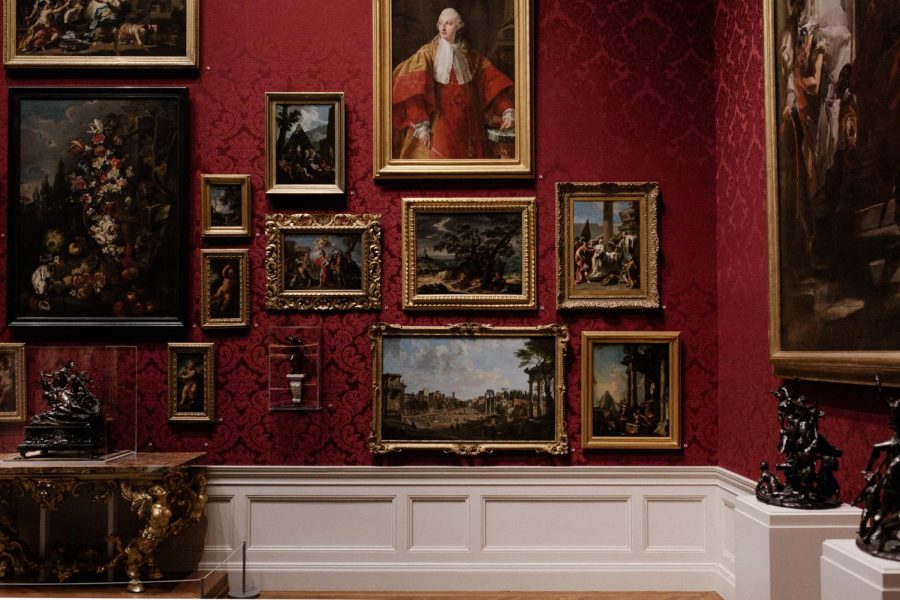A New StART
How the Coronavirus pandemic has allowed the art industry to be more inclusive
The Coronavirus pandemic has acted as an unprecedented catalyst to look at what changes we desperately need to make in our society – what ideas and norms we will bring with us into our construction of a new normal and what we choose to leave behind. What should undeniably be one of the first precedents to be left in the dust of our pre-pandemic existence is the concept of art for only the elite.
Historically, the art industry as a whole has been one which was created by the rich, for the rich, and subsequently sustained for them. The internet and new technologies however, have made access to fine art no longer an unreachable luxury but an attainment that can be enjoyed by all.
Shutdown restrictions across the world have heavily impacted museums which play a crucial role in the art industry by allowing everyday people to witness the grandiose wonders of the world captured on canvas and carved in marble. This has caused many museums to offer viewings of their collections through services offered with Google Arts & Culture or for them to digitize their work themselves thereby allowing their art to be viewed online by the masses.
In many ways, this can be seen as the first step to deconstructing the notion of art being an elitist only arena. With access to the internet, noways pleasantly enjoying Rembrandt van Rijn etchings and Johannes Vermeer paintings is a pleasure not barred from those who refuse to pay outrageous prices for gallery tickets or travel across the world.
When we are eventually allowed to step outside and into museums however, the battle for ending elitist art is by no means over. In the past few years, data has shown nearly half of all museum boards in the United States are all white and despite slight increases in diversity, museum leadership is still a long way from accurately representing the demographics of the public; this inadvertently leads to censorship of artists of color and art pieces that reflect social issues involving minority groups. By supporting museums that go beyond offering token galleries to diverse artists but demonstrate a true interest in presenting art pieces that are representative of creators of art and its viewers, we can reconstruct an art industry that is created by and for all.
Check out these free online art museum collections:

I joined the C Magazine staff because of its commitment to representing diverse backgrounds by telling unheard of and creative stories about our community...






![UNSUNG HEROES — Fred Korematsu, Karen Korematsu and Aiko Herzig-Yoshinaga are awarded the Asian American Justice Medal to recognize their fight for justice following the incarceration of Japanese Americans during World War II. In addition, scientists Shuji Nakamura, David Ho, Tsoo Wang, Mani Menon and Chih-Tang “Tom” Sah receive the Asian American Pioneer Award. "[As a scientist,] it is crucially important to be able to communicate your work and your discoveries to [not only] other scientists, but also to the general public," Ho said. Photo by Talia Boneh](https://cmagazine.org/wp-content/uploads/2025/07/useee-600x400.jpg)
